The pine squirrel is a
preferred material for fly tyers. Its fine fur and natural colors make it an
excellent choice for mimicking small fish and aquatic insects. In this blog, we
will explore what pine squirrel is used for, how to use it, and share some
tying tips.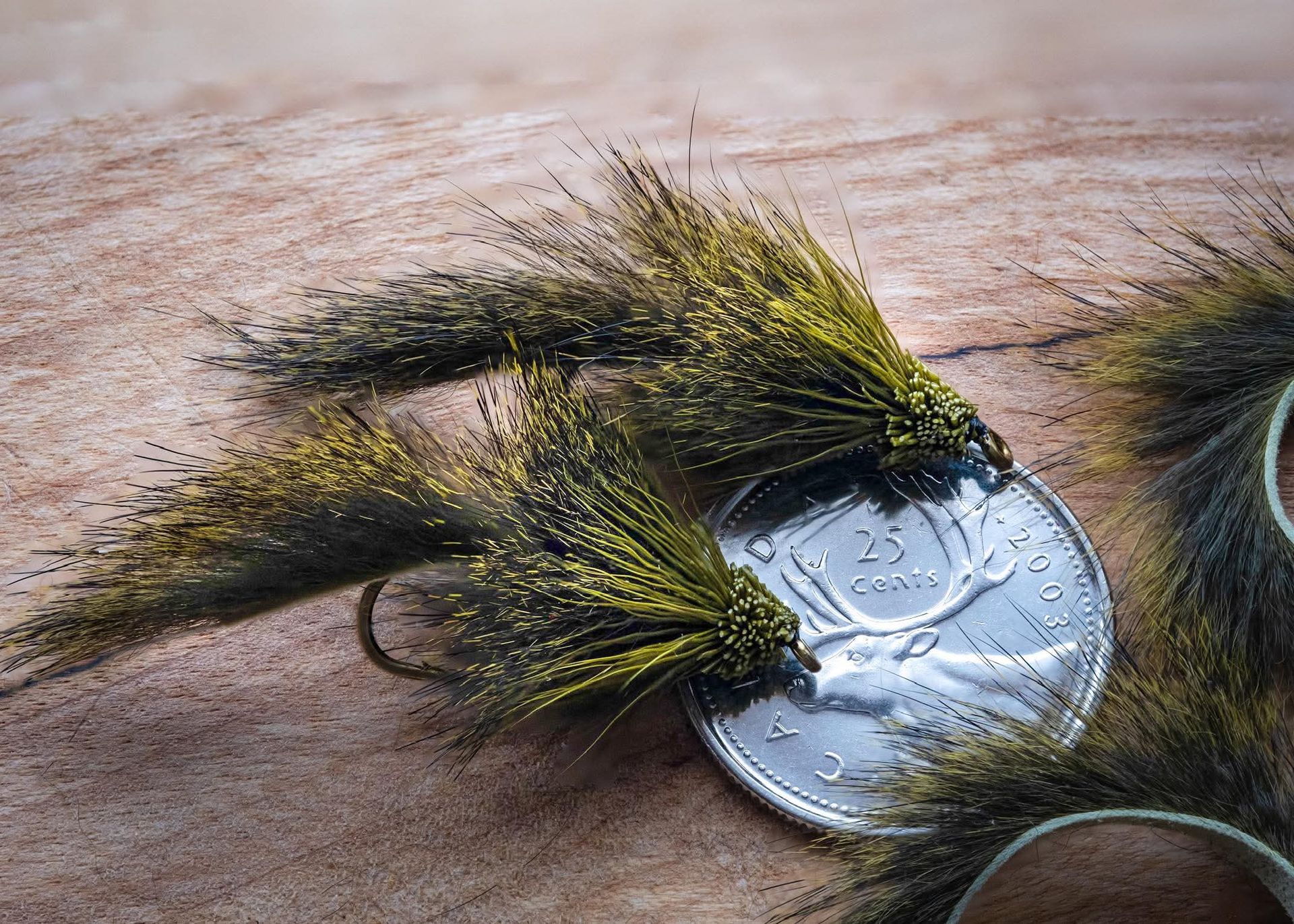
What Is Pine Squirrel Used For?
Pine squirrel is mainly used for making strips, dubbing for bodies, and tails on nymphs and soft hackles. Its natural colors and textures add realistic movement to flies, which is very appealing to trout and other predatory fish.
How to Use Pine Squirrel?
Preparing the Strips
Pine squirrel strips
are cut into fine bands, often called zonker strips. These bands are used to
mimic the movement of small baitfish or other aquatic prey.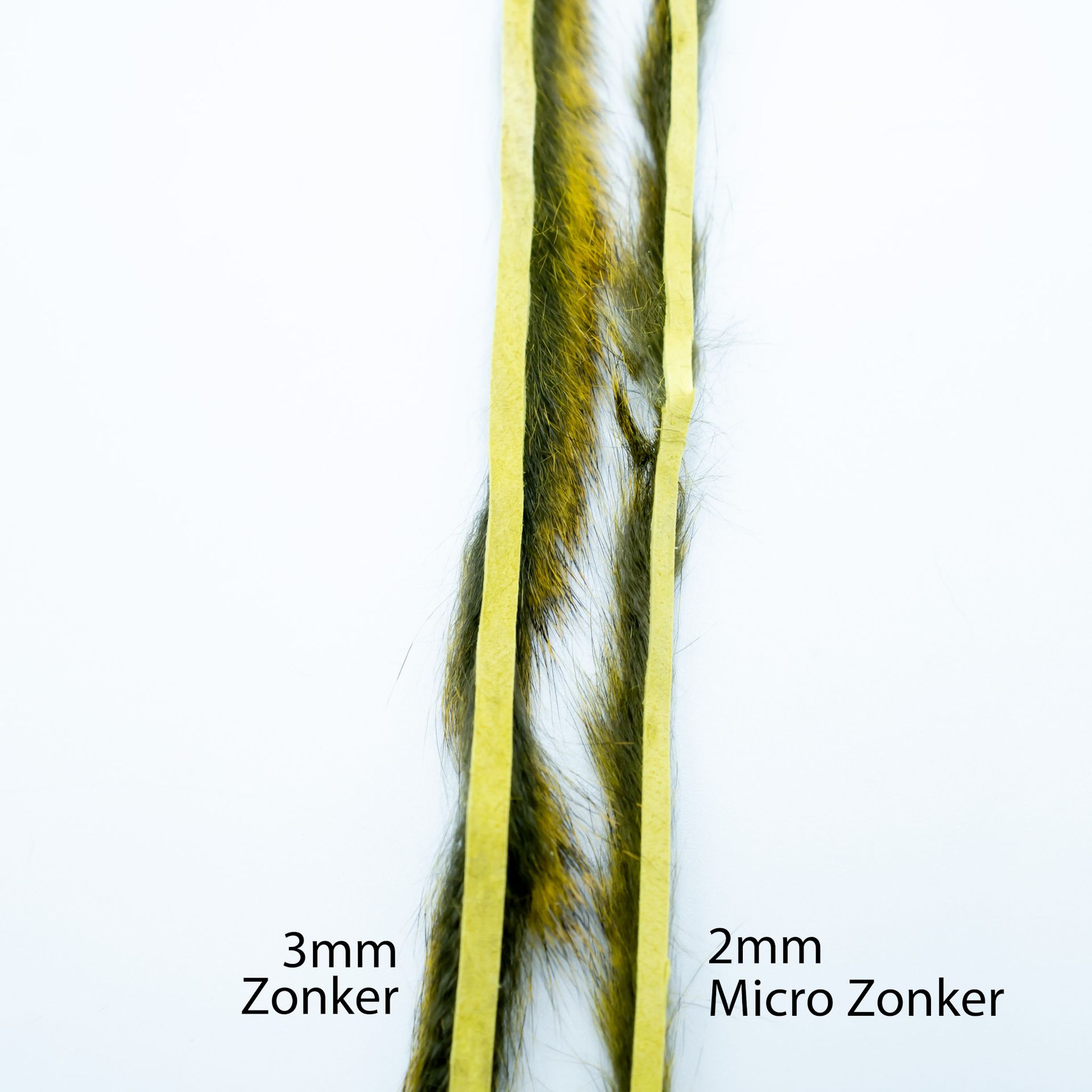
Fly Tying
To tie a fly with pine
squirrel, start by attaching the strip to the hook. Then, wrap the strip around
the hook, ensuring each turn is tight and the hairs are oriented backward.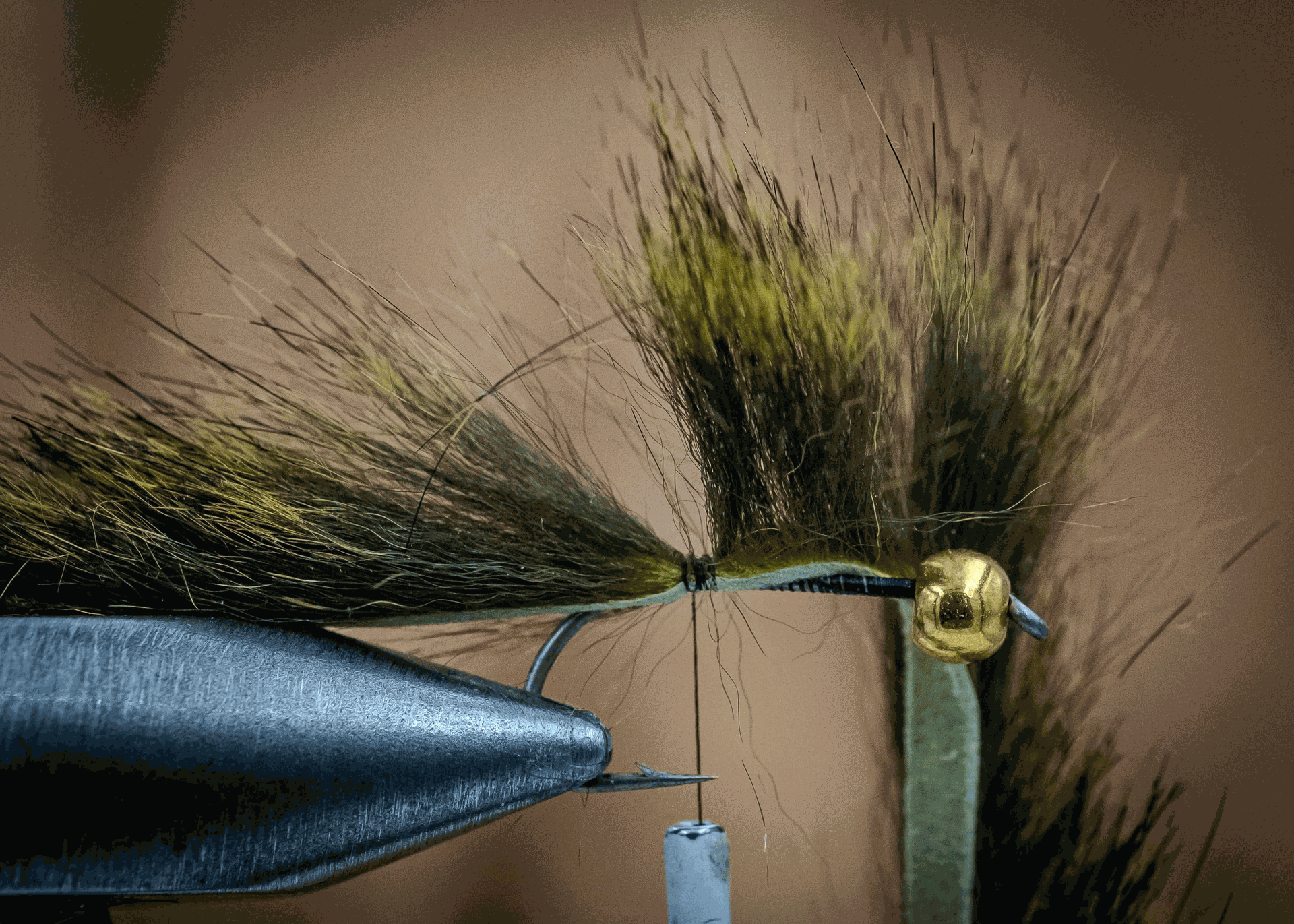
Dubbing
Pine squirrel can also
be used as dubbing to create fly bodies. To do this, insert the fur between two
strands of thread and twist the strands using a tool designed for this purpose.
The fur will then be securely held in the thread's grasp and can then be
wrapped around the hook.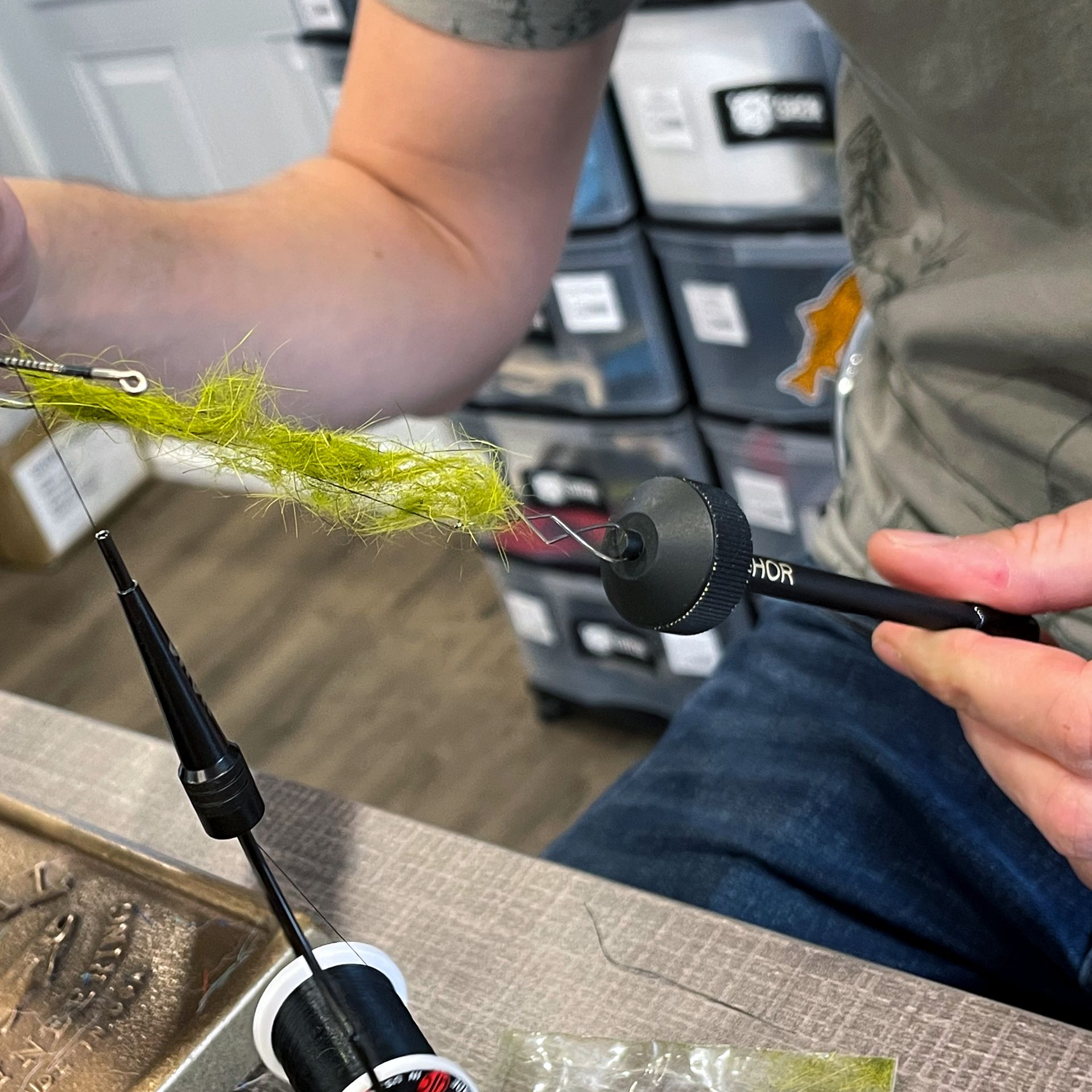
Tips for Tying
- Use Dubbing Wax: Apply a light layer of dubbing wax to the thread strands before inserting the fur. This will help keep the fur in place.
- Hair Equalization : Use a hair stacker to achieve uniform hair length before attaching them to the hook.
- Rotation Techniques: Use a rotary vise to facilitate wrapping pine squirrel strips around the hook.
Pine squirrel is a versatile and effective material for fly tying. Whether you are a beginner or experienced, it offers many possibilities for creating realistic and attractive flies. Try these techniques and tips to improve your tying and attract more fish on your next fishing trips.
Pine squirrel
- FLY PATTERNS
Flies tied by our tying partners' team
Tied by ; Adrian Vidal
Hook - Partridge
stinger.
Head - Orange bead.
Shank - Aqua flies round eye 26mm.
Body- Purple
Krystal hackle.
Wing - Black Pine Squirrel + Flashabou.
Hackle - Blue schalppen
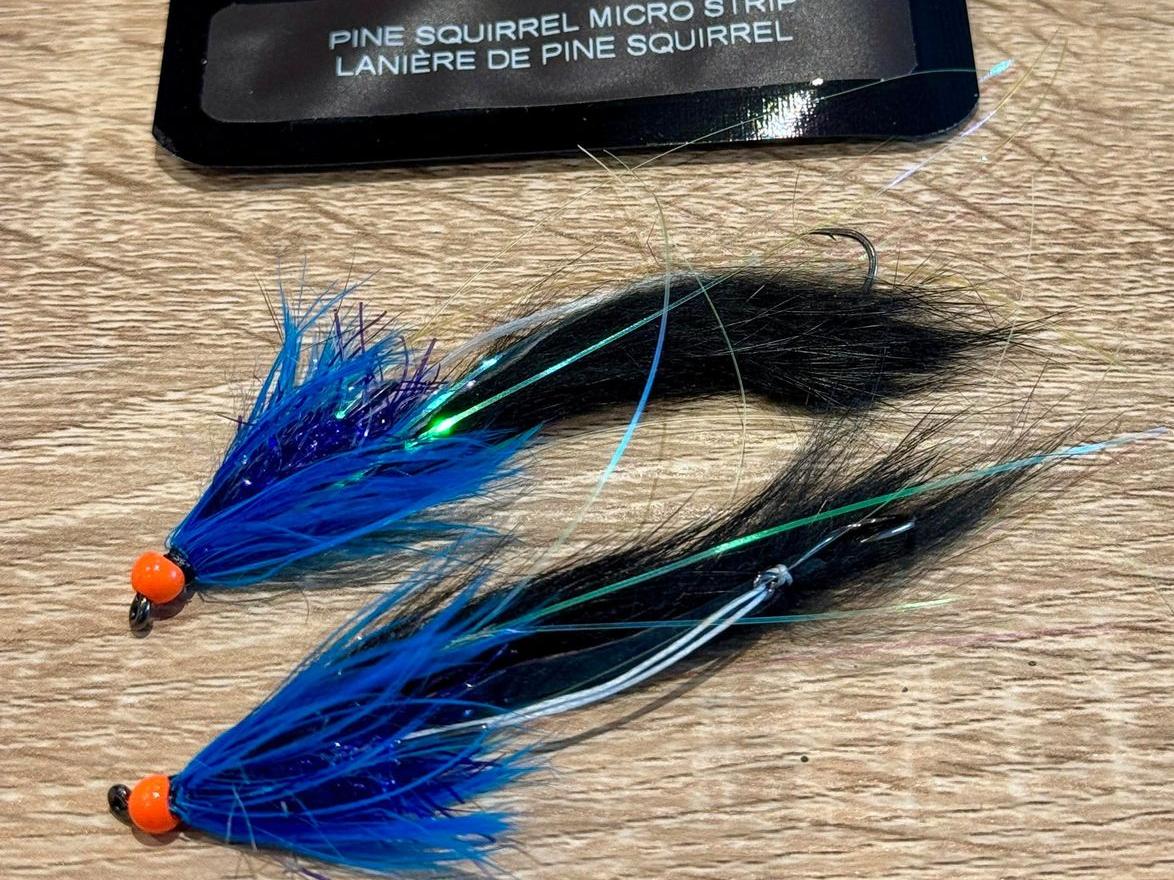
Tied by ; Troy Murray
Pine Squirrel Leech Recipe:
Hook - Partridge D4AF - Size 6
Tail - SHOR Pine Squirrel Micro Strip
over strands of Pearl Flashabou
Body - SHOR Pine Squirrel Micro strip -
palmered from rear along shank.
Collar - Dubbing of choice - brushed rearward.
Head - Shor Cyclops bead head
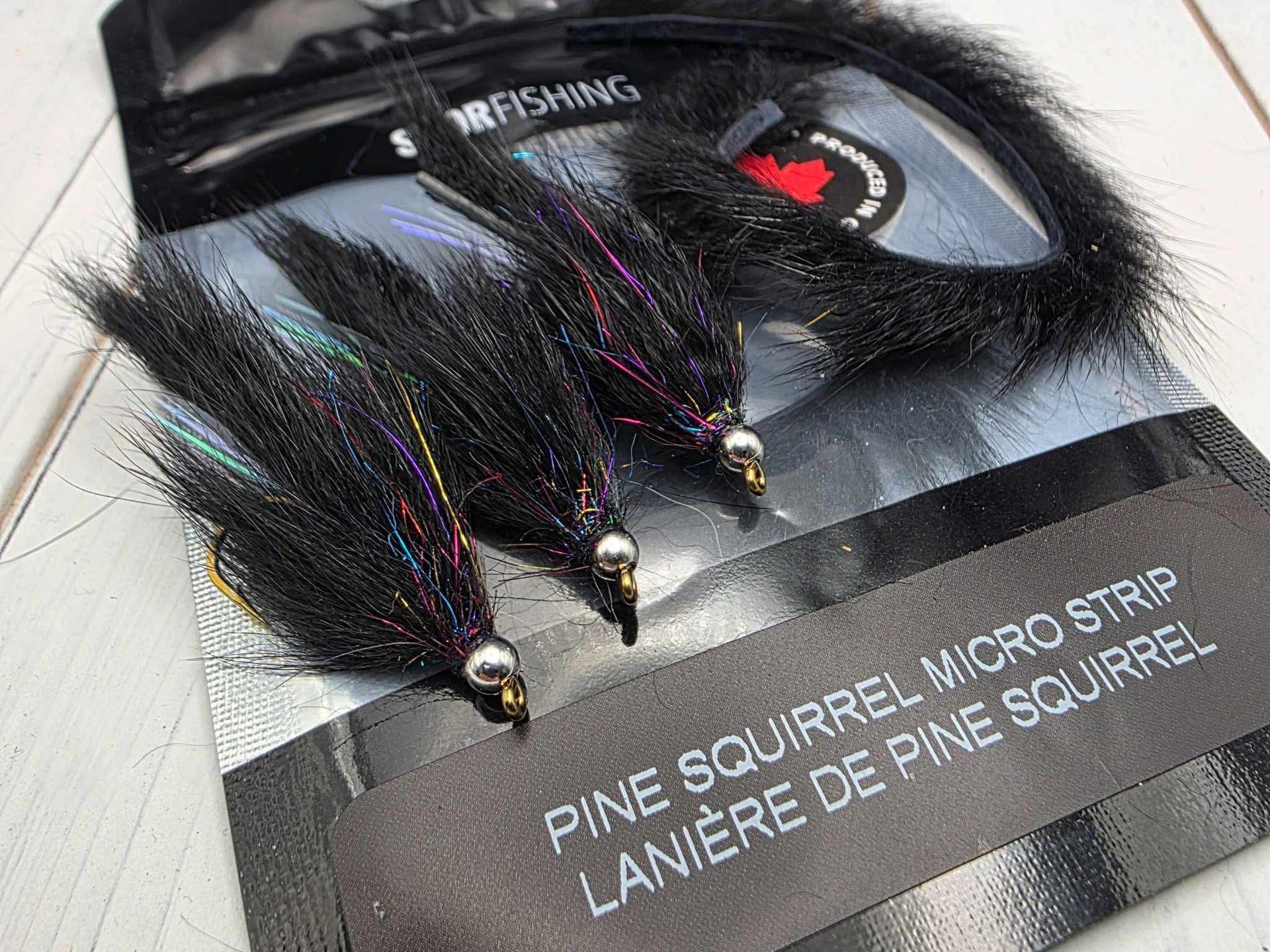
Tied by ; Julian Reedle
A
pine squirrel Avalon shrimp
Hook - Gamakatsu SL15
2/0
Head - Hot orange craft fur, SHOR black and clear and orange and pearl
rubber legs and large SHOR black eyes.
Weight - 30lb fluorocarbon and three gold
beads 4mm.
Body - UV flat braid with pearl flat braid over top with brown sharpie
stripes, UV loon thin clear coat over the body.
Claws- SHOR pine squirrel in
orange
Thread- Textreme 6/0 in tan.
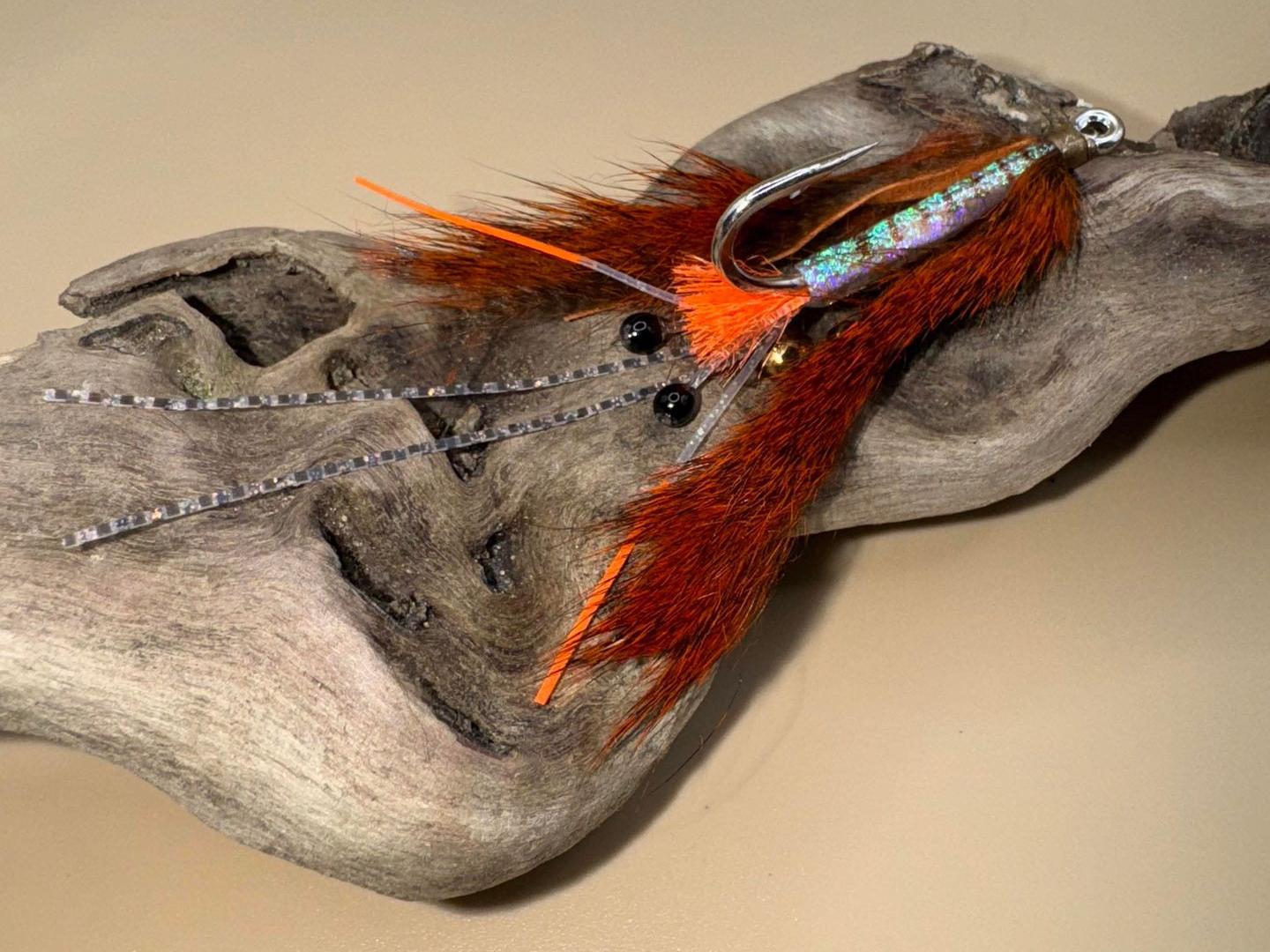
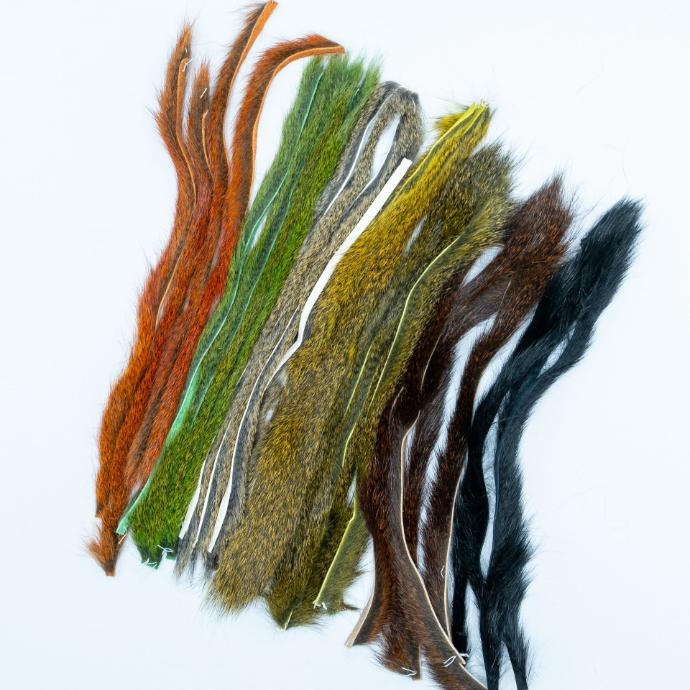
PINE SQUIRREL ZONKER STRIP
Pine squirrel Zonker strips are used in fly tying primarily to replicate the look and movement of small fish or aquatic creatures. Their smaller size compared to rabbit Zonker strips makes them ideal for tying more diminutive streamers and wet flies. They provide a lively, undulating action in the water, which is highly enticing to trout and other gamefish. Fly tiers often use them for patterns that require a subtle, natural presentation.

PINE SQUIRREL SKIN
Pine squirrel skin in fly tying is mainly used for its fine fur to create zonker strips, dubbing for bodies, and tails on nymphs and soft hackles. Its natural colors and textures are ideal for imitating small fish and aquatic insects, adding lifelike movement to the flies.
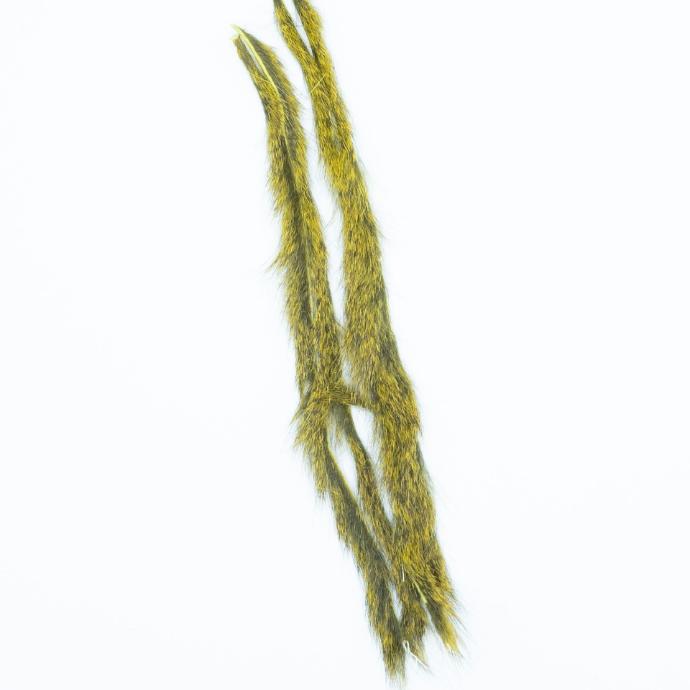
MICRO PINE SQUIRREL STRIP
Micro Zonker strips are used in fly tyin to imitate the movement of small baitfish or other aquatic prey. They are especially effective for tying smaller streamers and can be used to add lifelike action to the patterns. The thin cut of the micro zonker allows it to move fluidly in the water, making it an excellent choice for targeting trout and other predatory fish that feed on tiny forage.

